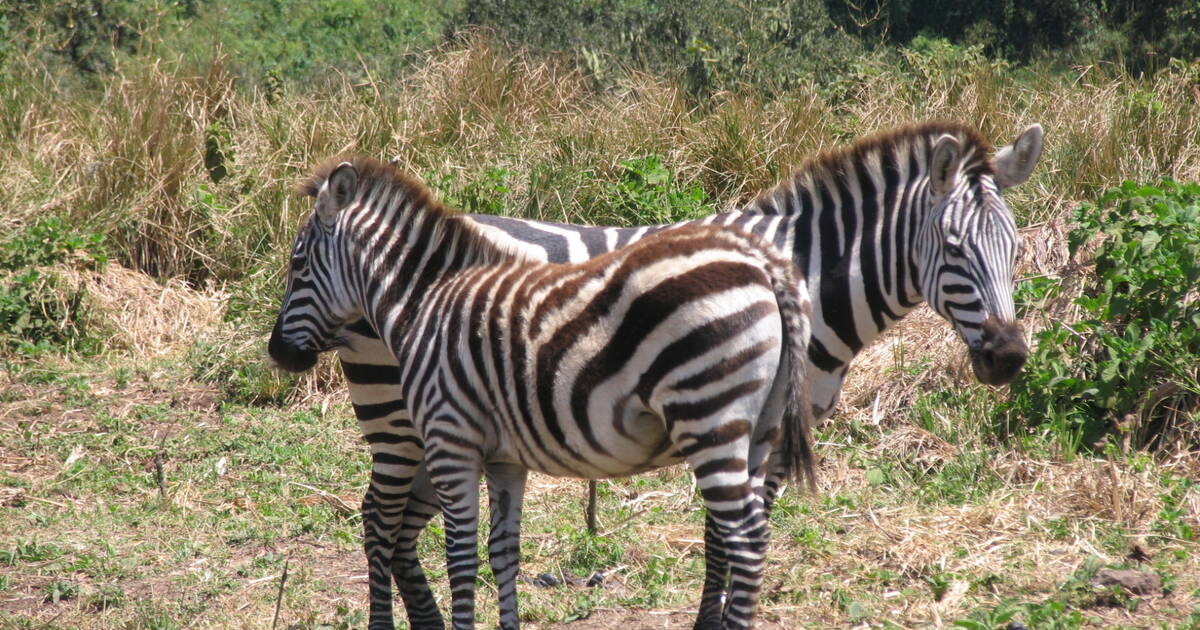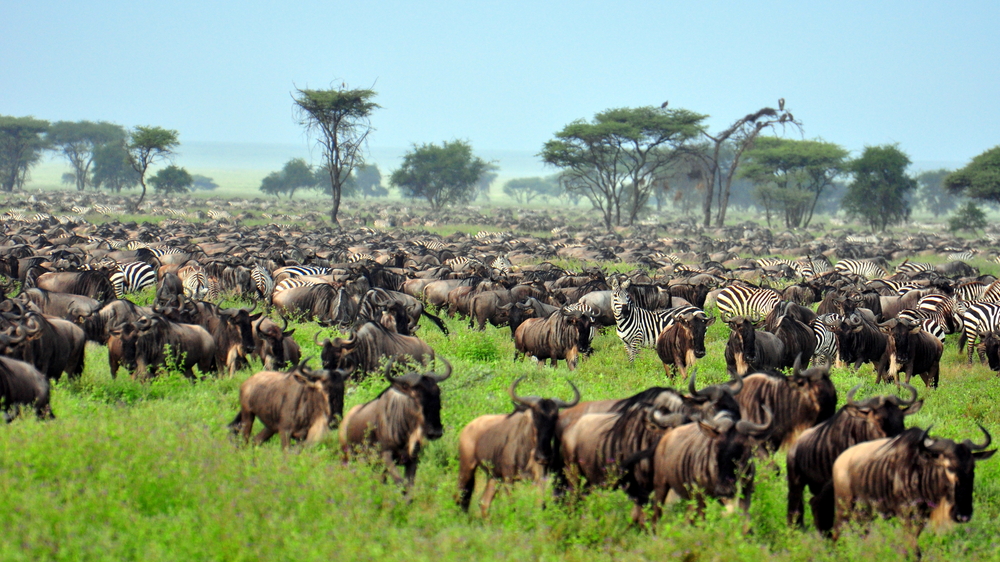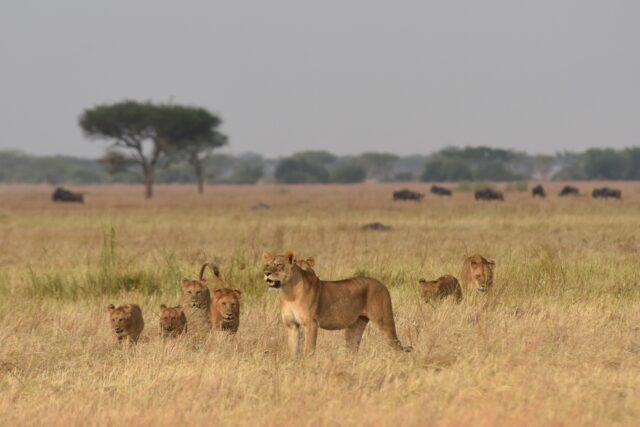Nestled in the heart of East Africa lies the Serengeti, a vast landscape where wildlife thrives in abundance. From majestic lions and swift cheetahs to lumbering elephants, this natural haven is home to some of natures most splendid creatures.
It also boasts an impressive variety of bird species, from iconic flamingos to vibrant vultures. With its unique topography and lush vegetation, its no wonder why so many animals flock here for refuge – providing visitors with stunning views of life on the African savannah.
Whether youre looking for a place to marvel at natures grandeur or simply take in its beauty, there is something special about the Serengeti that invites exploration.
The Ecological Significance of the Serengeti

The Serengeti is renowned as one of the best wildlife havens on Earth. Not only does it offer a natural habitat for numerous species, but its wide-reaching ecological significance cannot be overstated.
As an integral part of the Great East African Rift Valley system, the Serengeti provides a unique and irreplaceable home to countless animals who have adapted to its diverse landscapes and flourishing ecosystems. From predators like lions, cheetahs and leopards that stalk their prey across grassy plains, to herds of wildebeest that migrate in massive numbers through rivers and valleys – these are just some examples of how vital the Serengeti is for maintaining healthy populations of African wildlife.
It also serves as a refuge to many endangered species including black rhinos, elephants and giraffes which can often be spotted among its vast savannas. Beyond hosting an incredible array of biodiversity however, this iconic area provides even more important benefits such as helping regulate climate patterns, preserving local culture & traditions and acting as a source of income for many communities living near by.
The presence of humans has been carefully monitored within the region so not only do tourists get to experience nature at its finest here but they help contribute towards conservation efforts too! All things considered – its clear why this remarkable place holds such great ecological significance today!
Flora and Fauna of the Serengeti

The Serengeti is home to a staggering array of flora and fauna that contributes to its reputation as one of the worlds most biodiverse eco-systems. From acacia trees, grasses, and herbs to large mammals like elephants and lions, the landscape is filled with life.
A visit to the Serengeti will offer visitors an opportunity to observe some of nature’s finest wildlife from wildebeest and zebra on their annual migration path across the plains, cheetahs stalking their prey in open savannahs or giraffes leisurely browsing atop tall trees. The sheer number of species living in harmony within this vast ecosystem is truly remarkable; it’s no wonder why people all over flock here each year! Bird watchers can also enjoy sightings of numerous avian species such as ostriches, secretary birds, vultures and eagles soaring overhead.
With so much variety at hand its easy for anyone looking for a glimpse into nature’s beauty find exactly what theyre looking for in this Eden-like paradise.
Threats to the Serengeti Ecosystem

The Serengeti is home to an abundance of wildlife, but it is not immune from threats that could disrupt its thriving ecosystem. Human encroachment has led to the destruction of natural habitats and changes in land use for agriculture and resource extraction.
Poaching remains a very real danger as well, with poachers targeting animals for their meat, hides, tusks, and horns. Climate change poses another threat to the Serengeti’s fragile environment, with higher temperatures causing droughts that affect vegetation growth and put species like wildebeest at risk of starvation.
Additionally, invasive species can outcompete native plants or prey on smaller animals which reduces biodiversity in the park. The long-term effects of these threats are difficult to predict but if left unchecked they threaten the future existence of this iconic African landscape.
Conclusion

The Serengeti is a vast and diverse ecosystem that provides an ideal habitat for wildlife to thrive in abundance. It stretches from the Masai Mara Official National Reserve, which is one of the most popular safari destinations in Africa, all the way to Lake Victoria. The lush grasslands are home to large herds of wildebeest, zebra, gazelle, buffalo and other animals who migrate across this great expanse throughout the year.
This incredible landscape also supports over 500 species of birds as well as various predators such as lions, cheetahs and hyenas. The Serengeti has been declared a UNESCO World Heritage Site due to its importance in maintaining ecological balance and preserving biodiversity on our planet.
From its awe-inspiring scenery to its abundant wildlife population, visiting this remarkable place will be an unforgettable experience that you wont soon forget!




